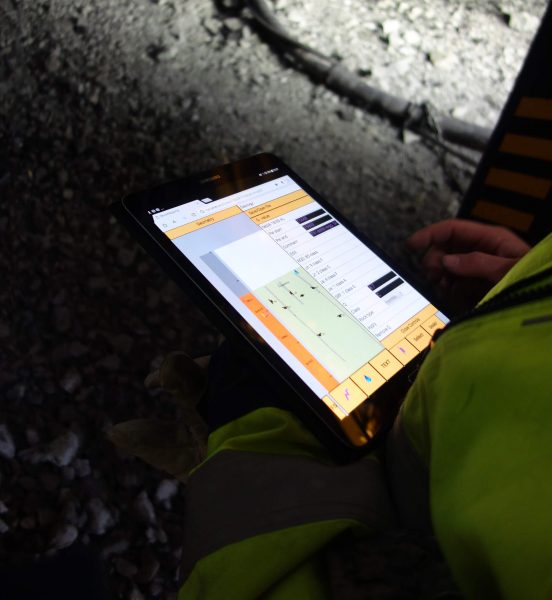NFF has the tradition to present an English publication every year. In these publications we focus on different topics we think are relevant to share with our international friends and colleagues around the world. This year’s publication is devoted to small sustainable hydropower plants.
The publication is targeted towards both an international and national audience, – both industry members, politicians and the readers interested in sustainability and power plants in general. We hope the reader will be inspired to engage in finding sustainable solutions to the energy challenges we face in the world today.
The publication is written as a joint effort among the scientists, clients, contractors, consultants, and suppliers in the Norwegian tunnelling industry. It contains of a mix of general information and project specific details. We appreciate the willingness to share experience and thoughts through this written material. The authors are credited in front of each chapter. A special gratitude goes to the editorial committee:
Sindre Log, SINTEF
Werner Stefanussen, Stefanussen Consulting
Tone Nakstad, NFF
September 2024







